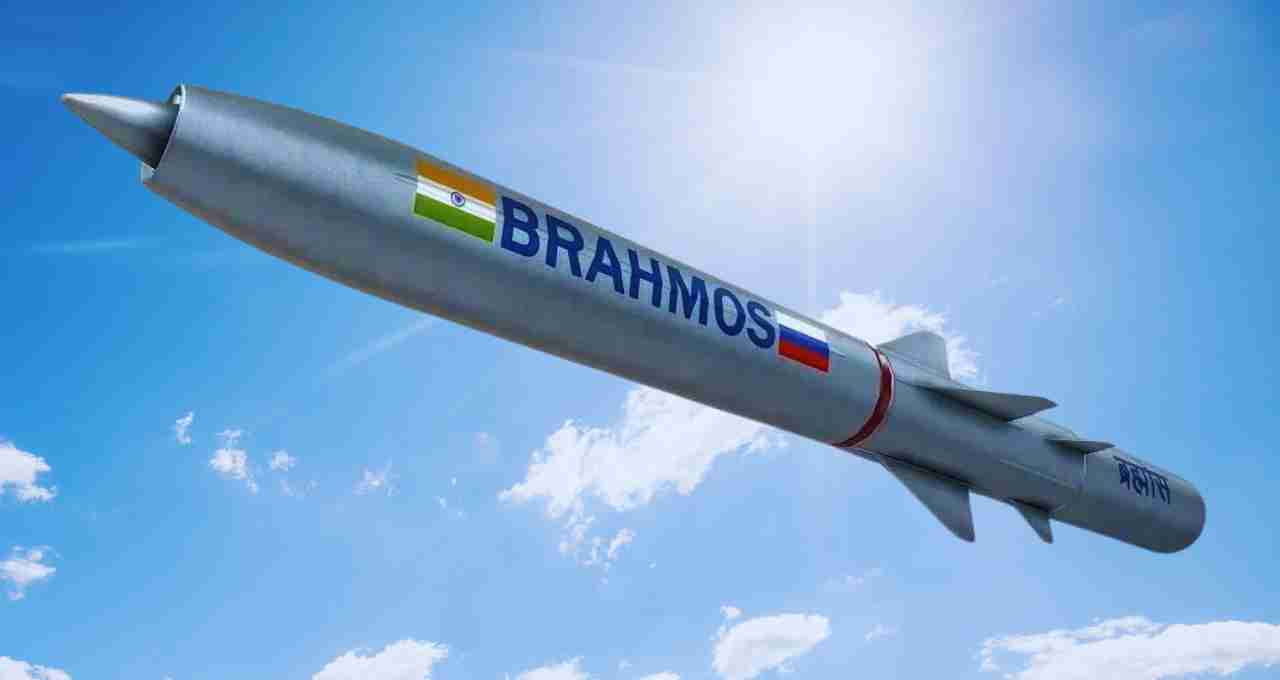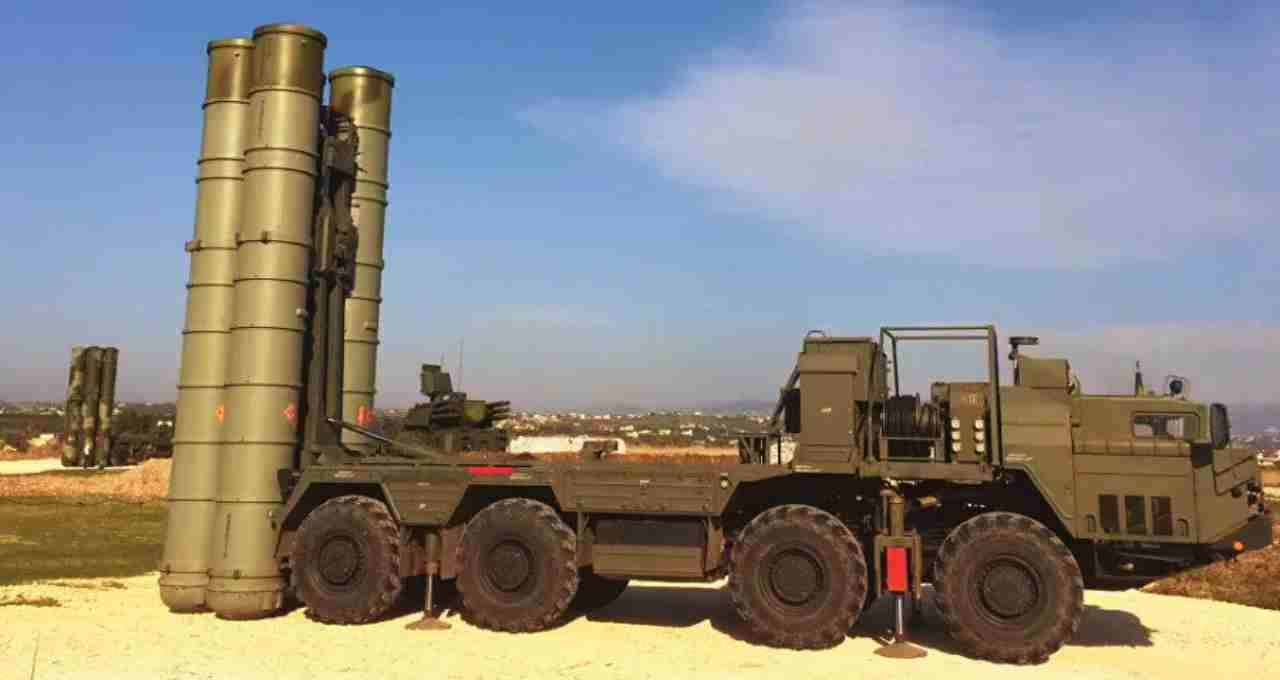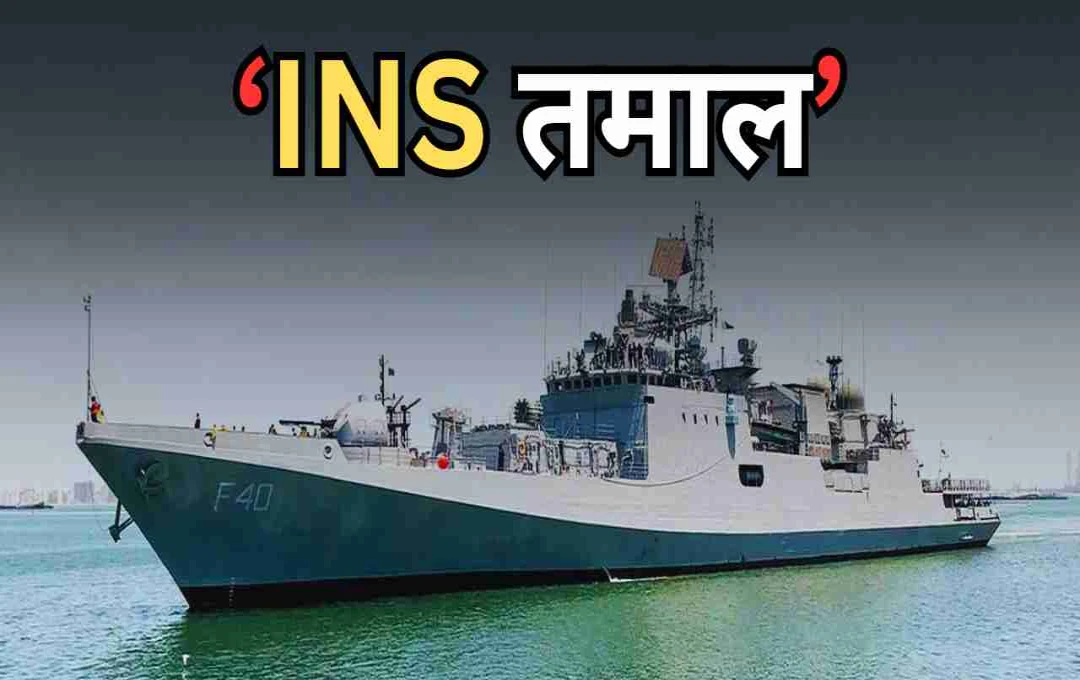INS Tamal is India's new stealth guided missile frigate, equipped with BrahMos missiles, advanced helicopters, and radar-evading technology, making it capable of even countering enemy systems like S-500.
INS Tamal: India is now poised to be equipped with a new and decisive force on the maritime security front. Scheduled to be commissioned into the Indian Navy on July 1, 2025, this warship will not only be equipped with high-tech BrahMos missiles, but its design and technology will also keep it hidden from enemy radar. This warship is named INS Tamal, which could play a 'game changer' role in India's maritime strategy in the coming years.
This frigate is part of the Krivak-III class, designed and built jointly by India and Russia. INS Tamal is not just a symbol of technology, but also conveys the message of India's strengthening military diplomacy amidst the changing global security equations.
Construction and Design of INS Tamal: Out of the Radar's Eye
INS Tamal is a stealth guided missile frigate with a length of approximately 125 meters and a weight of about 3900 tons. It has been built in Russia under the supervision of Indian and Russian experts. This is the last ship of the Krivak class to be built in Russia. The next two frigates will be built at the Goa Shipyard in India.
This ship is designed in such a way that it is capable of evading enemy radar technology, making its presence difficult to detect.
Invincible with the Power of BrahMos

The biggest strength of INS Tamal is the BrahMos supersonic cruise missile deployed on it. This missile flies at a speed of 2.8 Mach and has a range of 290 to 450 kilometers. That means locations like Karachi in Pakistan are within its direct strike range.
The specialty of the BrahMos missile is its accuracy, speed, and tactical striking capability. In maritime attacks, it can be used to destroy enemy aircraft carriers, warships, and naval bases in a single strike.
Protection from Aerial and Submarine Attacks
Two advanced helicopters like Kamov-28 and Kamov-31 will be deployed on INS Tamal. The Kamov-28 is used for anti-submarine operations while the Kamov-31 is used in early warning missions. That is, this ship can not only fight on the surface but is also fully capable of dealing with threats from the air and from the sea.
In addition, it will have modern airborne early warning systems, anti-submarine torpedoes, and infrared-based stealth sensors, which also make it safe from modern fighter jets like F-35, J-35A, Rafale, and F-16 of the enemy.
Even Countering Advanced Systems like S-500

The world's most advanced air defense system, the S-500, will also not be able to detect the presence of INS Tamal due to its stealth technology and maritime location. Its speed, invincibility, and missile-equipped capability in the open sea keep it out of the range of dangerous systems like the S-500. This makes it clear that India has prepared a platform that can prove decisive in response to any threat.
A Strong Example of India-Russia Partnership
INS Tamal is part of the defense deal between India and Russia in 2016, which had a total cost of ₹21,000 crore. Under this deal, four stealth frigates were to be built. The first two frigates have been delivered to India after being built in Russia, and the remaining two are being prepared at Goa Shipyard in India.
INS Tamal is the third ship in this series and the last one built in Russia. Its cost is estimated to be approximately ₹8,000 crore. The special thing is that about 26% of indigenous equipment and technology have been used in it, which also strengthens India's self-reliance.
Deployment of INS Tamal: Encirclement of the Enemy from the Sea
INS Tamal will be specifically deployed in the Arabian Sea, from where it will be easier to monitor every activity of Pakistan and China. After its deployment, there will be a huge increase in the patrol, surveillance, and defensive-offensive capabilities of the Indian Navy.
This ship will be capable of dealing with any threat coming from the sea and will make India a decisive power in the Indian Ocean region.













